ICANN 46 - Beijing Playing Card Deck
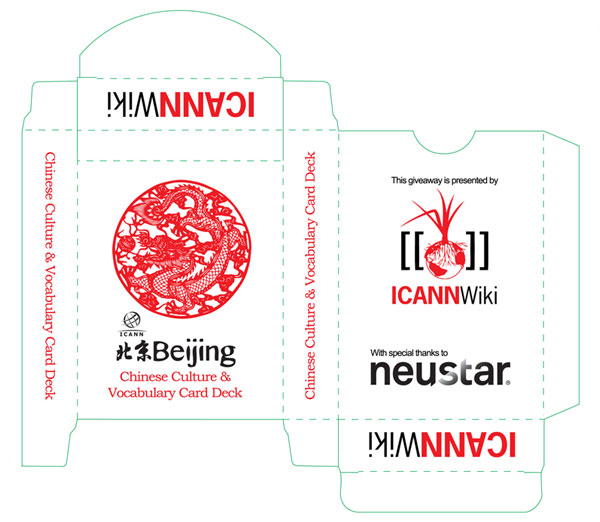
A special one-off Chinese language and culture card deck designed by ICANNWiki staff member Vivian Hua.
See all Playing Card Decks.
Language: Mandarin Chinese & Pinyin[edit | edit source]
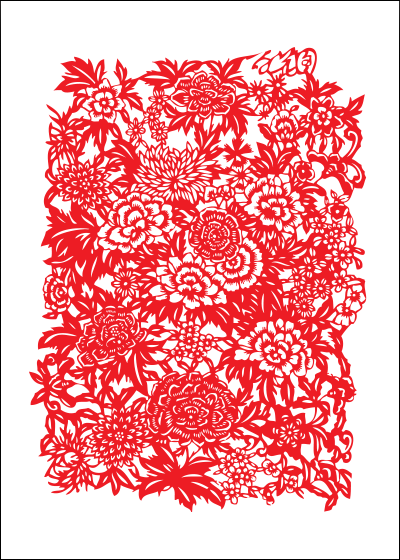
Chinese words are romanized throughout this deck with a system called pīnyīn (拼音), the official system of translating Chinese characters into Latin script in China, Taiwan, and Singapore. Below are some introductory ideas.
Mandarin's Four Accent Tones
- First tone (Flat / High Level)
- Second tone (Rising / High-Rising)
- Third tone (Falling-Rising / Low)
- Fourth tone (Falling / High-Falling)
- Fifth tone (Neutral)
Pronunciation Guide
| q | As in “punch yourself” (no English equivalent) |
| x | As in “push yourself” (no English equivalent) |
| zh | With a sharpness found in words like “choke” |
| z | Unaspirated c, like a mix of “suds” and “cats” |
| c | Strongly aspirated c, as in “hats” |
| i | As in “bee”, but if proceeded by z-, c-, s-, zh-, ch-, sh-, or r-, those sounds are extended |
| ei | As in “hey” |
| ou | As in “so” |
| ang | As in the German “Angst” |
| ua | Like “wa” |
| ui | Like “wei” |
Language: Notable Chinese Dialects[edit | edit source]
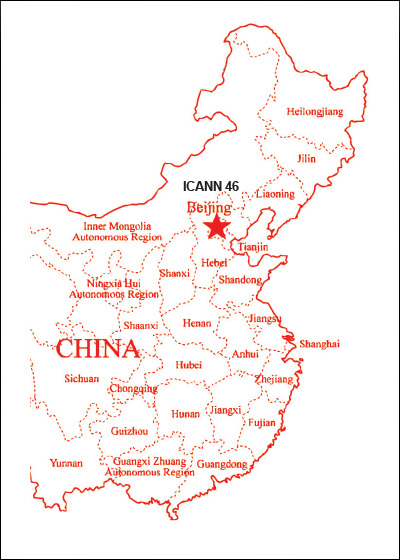
Mandarin (官话 or guān huà) - 836 million Spoken in northern and southwestern China, and the official language of Singapore and Taiwan. When one refers to Putonghua or Chinese, one is generally referring to Mandarin.
Wu or Shanghainese (吴语 or wú yǔ) - 77 million Spoken in the provinces of Jiangsu and Zhejiang, and in the municipality of Shanghai. It also includes the Shanghai dialect and is sometimes considered a representative of all Wu dialects, though not all Wu dialects are mutually intelligible.
Yue or Cantonese (粤语 or yuè yǔ) - 71 million Spoken in Guangdong, Guangxi, Hong Kong, Macau, and parts of Southeast Asia. The term “Cantonese” may cover all the Yue dialects, including Taishanese, or specifically the Canton dialect of Guangzhou and Hong Kong. Not all Yue dialects are mutually intelligible.
Min languages (闽语 or mǐn yǔ) - 60 million Spoken in Fujian, Taiwan, and parts of Southeast Asia. The largest Min language is Hokkien, and its dialects are notably mutually intelligible.
Others include Xiang or Hunanese, Hakka, and Gan.
Language: Greetings & Common Phrases[edit | edit source]
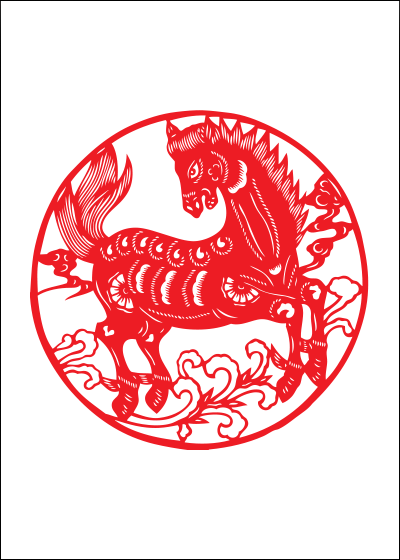
| Chinese Characters | Pinyin | English Translation |
|---|---|---|
| 你好 | nǐ hǎo | hello |
| 喂 | wei | hello (phone) |
| 你好吗? | nǐ hǎo ma? | how are you? |
| 你怎么样? | nǐ zěnme yàng? | what’s up? |
| 我很好 | wǒ hěn hǎo | i am well |
| 好久不见 | hǎo jiǔ bù jiàn | long time no see |
| 我走了 | wǒ zǒu le | i am leaving |
| 明天见 | míng tiān jiàn | see you tomorrow |
| 再见 | zài jiàn | goodbye |
| 拜拜 | bài bài | bye-bye |
Language: Introductions[edit | edit source]
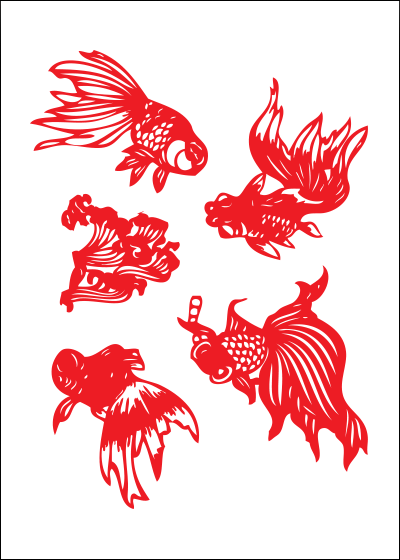
| Chinese Characters | Pinyin | English Translation |
|---|---|---|
| 我的名字是... | wǒ de míng zì shì | my name is... |
| 你叫什么名字? | nǐ jiào shén mē míng zì? | what is your name? |
| 我是从 ____ 来得。 | wǒ shì cóng ____ lái de | i am from ____. |
| 我很高兴认识你。 | wǒ hěn gāo xìng rèn shi nǐ | i am pleased to meet you. |
| 我在 ____ 打工。 | wǒ zài ____ dǎ gōng | i work at ____. |
Language: Dates & Times[edit | edit source]
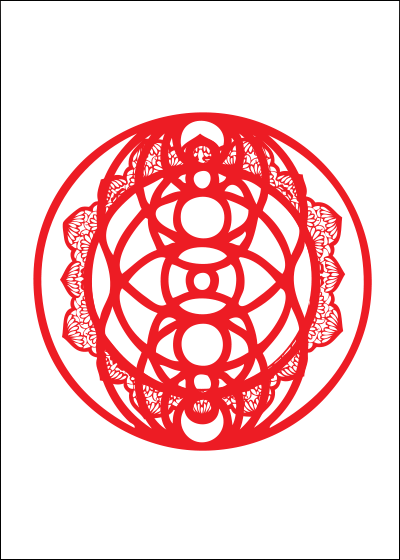
| Chinese Characters | Pinyin | English Translation |
|---|---|---|
| 昨天 | zuó tiān | yesterday |
| 今天 | jīn tiān | today |
| 明天 | míng tiān | tomorrow |
| 上午 | shàng wǔ | morning |
| 中午 | zhōng wǔ | noon |
| 下午 | xià wǔ | afternoon |
| 晚上 | wǎn shàng | evening |
| 上礼拜 | shàng lǐ bài | last week |
| 这礼拜 | zhè lǐ bài | this week |
| 下礼拜 | xià lǐ bài | next week |
Language: Numbers[edit | edit source]

| Chinese Characters | Pinyin | Translation |
|---|---|---|
| 一 | yī | 1 |
| 二 | èr | 2 |
| 三 | sān | 3 |
| 四 | sì | 4 |
| 五 | wǔ | 5 |
| 六 | liù | 6 |
| 七 | qī | 7 |
| 八 | bā | 8 |
| 九 | jiǔ | 9 |
| 十 | shí | 10 |
| 二十 | èr shí | 20 |
| 二十五 | èr shí wǔ | 25 |
| 一百 | yī bǎi | 100 |
| 一百五十 | yī bǎi wǔ shí | 150 |
Sponsor: About Neustar[edit | edit source]

Neustar offers over a decade of experience providing full technical, operational, marketing and policy expertise for .biz and .us. Neustar also operates the technical and registry services for .co, .tel, and .travel. Neustar operates worldwide registry gateways for other ccTLDs; offers Internationalized Domain Names (IDNs) and provides comprehensive managed DNS and full-scale registry services with 24/7 worldwide customer support.
Vocabulary: 女 - nǚ (female)[edit | edit source]
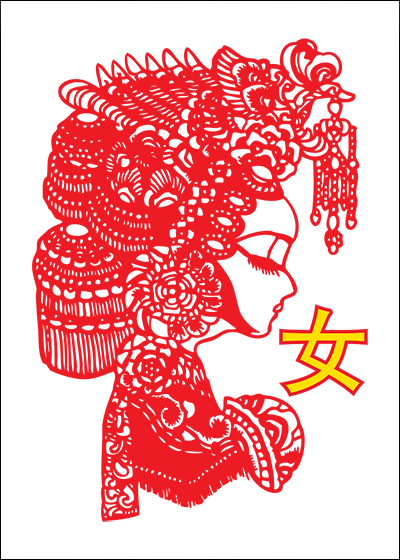
| Chinese Characters | Pinyin | Translation |
|---|---|---|
| 女人 | nǚ rén | woman |
| 女孩子 | nǚ hái zǐ | female child |
Vocabulary: 男 - nán (male)[edit | edit source]
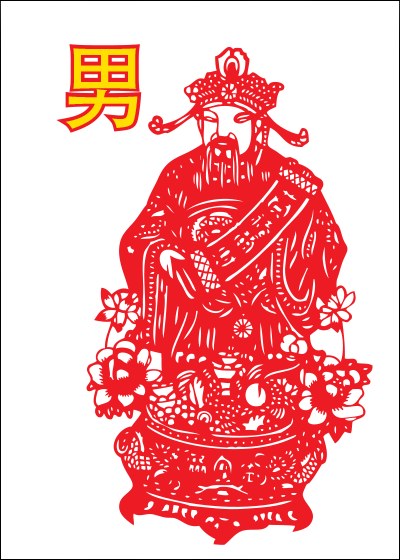
| Chinese Characters | Pinyin | Translation |
|---|---|---|
| 男人 | nán rén | man |
| 男孩子 | nán hái zǐ | male child |
Vocabulary: 朋友 - péng yǒu (friend/friends)[edit | edit source]
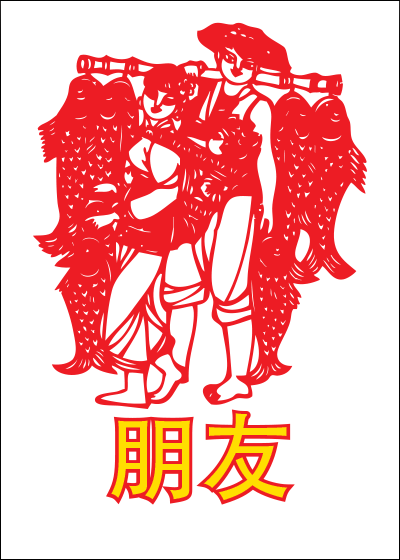
| Chinese Characters | Pinyin | Translation |
|---|---|---|
| 好朋友 | hǎo péng yǒu | good friend |
| 男朋友 | nán péng yǒu | boyfriend |
| 女朋友 | nǚ péng yǒu | girlfriend |
Vocabulary: 钱 - qián (money)[edit | edit source]
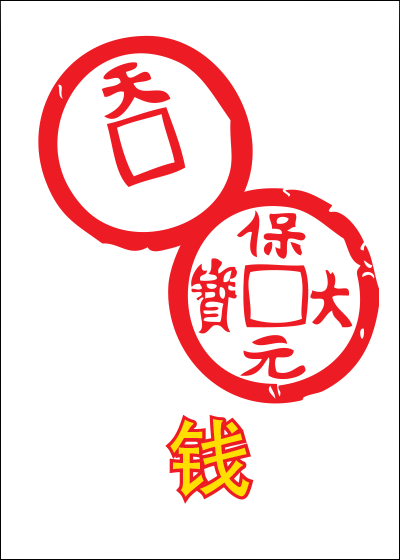
Ancient Chinese coins are round with a square hole in the middle; their design reflected the Chinese view of the earth as square and the heavens as a circle.
A coin can also be a visual pun for “before your eyes”, because the hole in its center is called an “eye” and the coin has the same pronunciation as the word “before” (qián or 前).
Vocabulary: 漂亮 - piào liàng (beautiful)[edit | edit source]
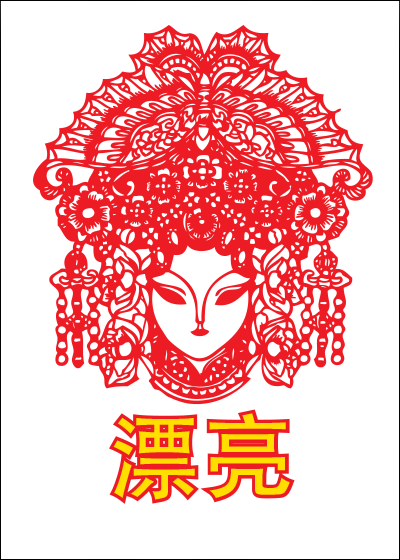
| Chinese Characters | Pinyin | Translation |
|---|---|---|
| 美丽 | měi lì | beautiful |
| 潇洒 | xiāo sǎ | handsome |
| 性感 | xìng gǎn | sexy |
Vocabulary: 高兴 - gāo xìng (happy / glad)[edit | edit source]
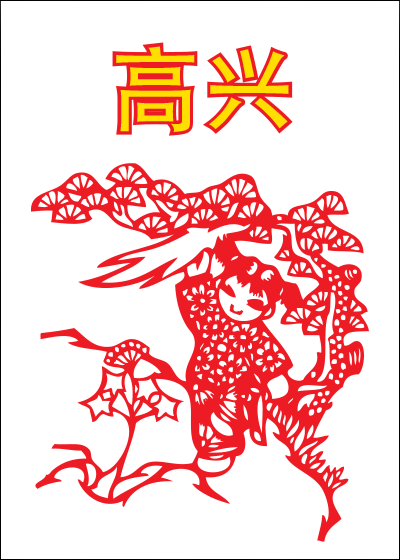
| Chinese Characters | Pinyin | Translation |
|---|---|---|
| 快乐 | kuài lè | happy / joyful |
| 幸福 | xìng fú | happy / blessed |
Vocabulary: 可爱 - kě ài (cute)[edit | edit source]
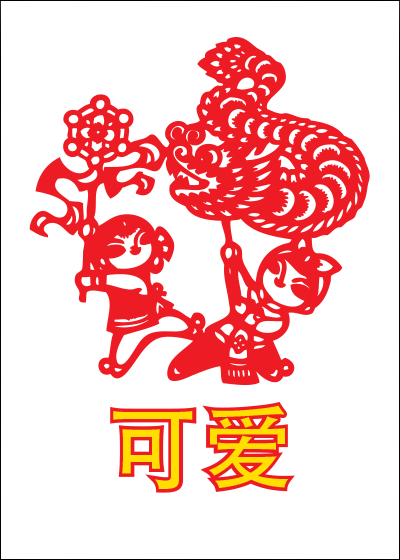
| Chinese Characters | Pinyin | Translation |
|---|---|---|
| 喜欢 | xǐ huān | (to) like |
| 喜爱 | xǐ ài | favorite |
| 最可爱 | zuì kě ài | cutest |
Dining: Types of Food[edit | edit source]
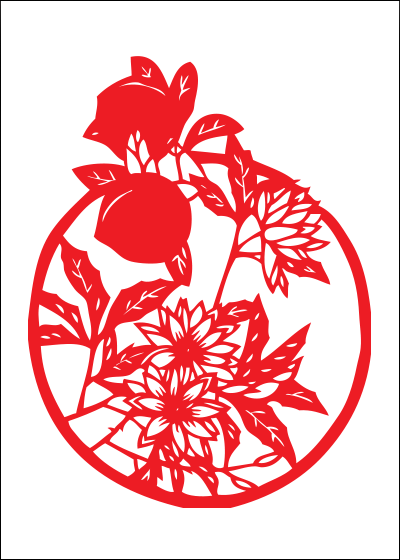
| Chinese Characters | Pinyin | Translation |
|---|---|---|
| 饭 | fàn | rice |
| 饼 | bǐng | pancake |
| 面 | miàn | noodles |
| 水果 | shuǐ guǒ | fruit |
| 粥 | zhōu | congee |
| 汤 | tāng | soup |
| 火锅 | huǒ guō | hot pot |
| 甜点 | tián diǎn | dessert |
In Chinese culture, noodles symbolize longevity. It is customary to eat them on one’s birthday, while attempting not to break the strands.
Dining: Specific Foods[edit | edit source]

| Chinese Characters | Pinyin | Translation |
|---|---|---|
| 炸酱面 | zhá jiàng miàn | noodles w/ soybean sauce and pork |
| 油條 | yóu tiáo | chinese “donut” |
| 饺子 | jiǎo zǐ | dumpling |
| 馄饨 | hún tún | wonton |
| 八寶飯 | bā bǎo fàn | “8 treasure rice” |
| 葱油饼 | cōng yóu bǐng | green onion pancake |
| 北京烤鸭 | běi jīng kǎo yā | peking duck |
| 炒饭 | chǎo fàn | fried rice |
| 汤面 | tāng miàn | noodle soup |
| 豆浆 | dòu jiāng | soy milk |
Dining: Dining Out[edit | edit source]
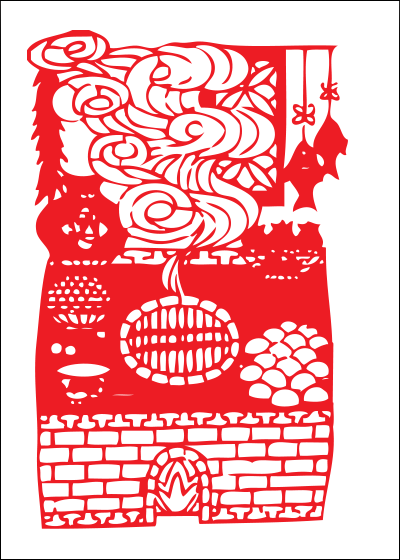
| Chinese Characters | Pinyin | Translation |
|---|---|---|
| 我要订一个... | wǒ yào dìng yī gè | i want to order a... |
| 我最喜吃... | wǒ zuì xǐ huān chī... | i most like to eat... |
| 这盘菜很好吃。 | zhè pán cài hěn hǎo chī | this dish is very delicious. |
| 我(不)想喝酒。 | wǒ (bù) xiǎng hē jiǔ | i (don’t) want to drink alcohol. |
| 干杯! | gān bēi | a toast! (literal translation: dry cup) |
Dining: 素 - sù (vegetarian)[edit | edit source]
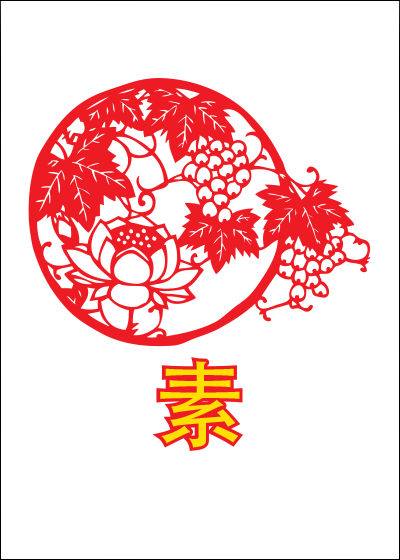
| Chinese Characters | Pinyin | Translation |
|---|---|---|
| 素菜 | sù cài | vegetable dish |
| 豆腐 | dòu fǔ | tofu |
| 大白菜 | dà bái cài | chinese cabbage |
Dining: 肉 - ròu (meat)[edit | edit source]
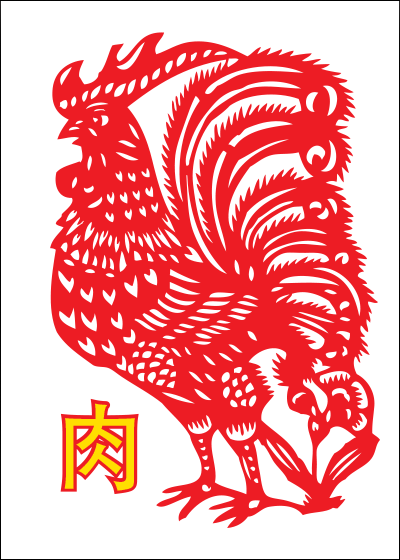
| Chinese Characters | Pinyin | Translation |
|---|---|---|
| 牛肉 | niú ròu | beef |
| 鸡肉 | jī ròu | chicken |
| 猪肉 | zhū ròu | pork |
Dining: 海鲜 - hǎi xiān (seafood)[edit | edit source]
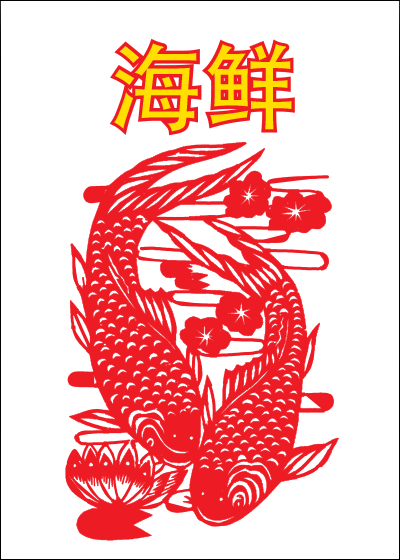
| Chinese Characters | Pinyin | Translation |
|---|---|---|
| 鱼 | yú | fish |
| 螃蟹 | páng xiè | crab |
| 虾 | xiā | shrimp |
Dining: 北京烤鸭 - běi jīng kǎo yā (peking duck)[edit | edit source]
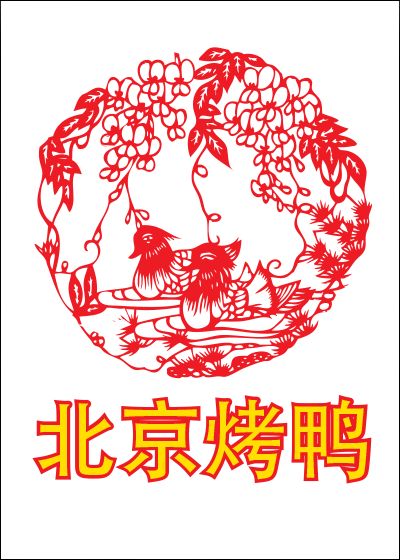
Peking Duck is a duck dish from Beijing that has been prepared since the imperial era. It is now considered the national dish of China, and has a rich history that has spanned across many dynasties. By the mid-20th century, it had garnered international attention and favor as a culinary dish.
For the dish, ducks are raised for 65 days, with 45 days spent in a free-range environment and the remaining spent in an environment where they are force-fed four times a day. Prior to cooking, they are plucked, rinsed, and pumped with air to separate their skin from their fat. The ducks are then soaked in boiling water and hung up to dry. While hung, they are glazed with a layer of maltose syrup, and are later roasted for 24 hours until their skins turn shiny brown.
- .duck is a Brand TLD proposed by Johnson Shareholdings.
Dining: 饭 - fàn (meal / rice)[edit | edit source]
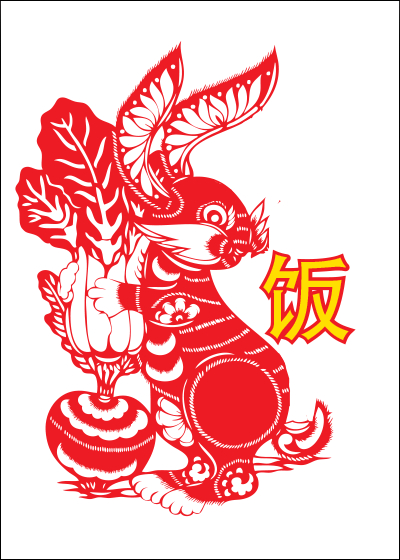
| Chinese Characters | Pinyin | Translation |
|---|---|---|
| 吃饭 | chī fàn | eat a meal |
| 早饭 | zǎo fàn | breakfast |
| 午饭 | wǔ fàn | lunch |
| 晚饭 | wǎn fàn | dinner |
Dining: 茶 - chá (tea)[edit | edit source]
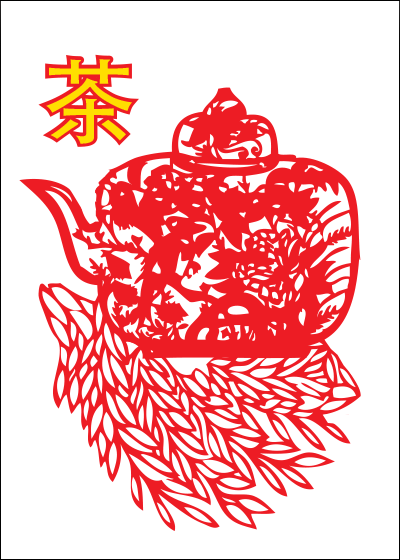
| Chinese Characters | Pinyin | Translation |
|---|---|---|
| 红茶 | hóng chá | black tea |
| 绿茶 | lǜ chá | green tea |
| 乌龙茶 | wū lóng chá | oolong tea |
[edit | edit source]
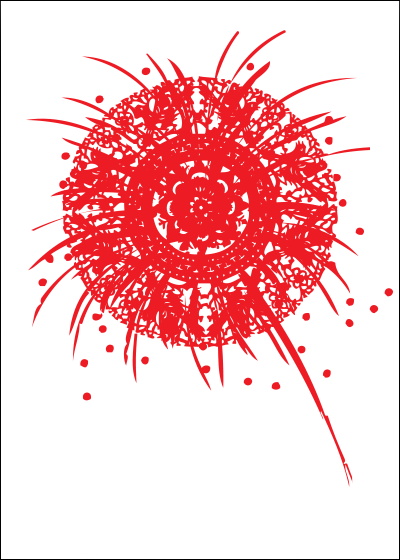
| Chinese Characters | Pinyin | Translation |
|---|---|---|
| 救命! | jiù mìng | help! |
| 快叫警察来! | kuài jiào jǐnɡ chá lái | call the police quickly! |
| 快叫医生来! | kuài jiào yī shenɡ lái | call the doctor quickly! |
| 我迷路了。 | wǒ mí lù le | i am lost. |
| 洗手间在哪里? | xǐ shǒu jiān zài nǎ lǐ? | where is the restroom? |
[edit | edit source]
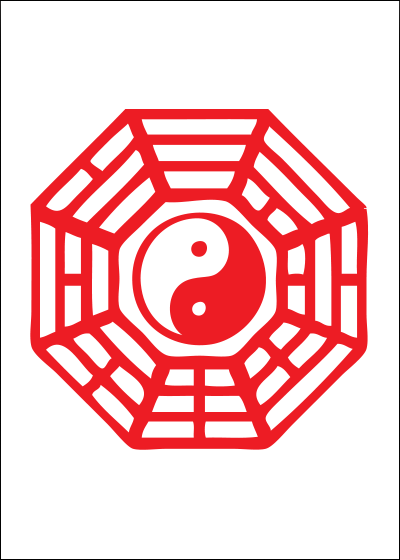
| Chinese Characters | Pinyin | Translation |
|---|---|---|
| 请问 _____ 在哪里? | qǐng wèn _____ zài nǎ lǐ | excuse me, where is (the) _____? |
| (司機) 请带我去... | (sī jī) qǐng dài wǒ qù... | (driver) please bring me to... |
| 北京国际饭店 | běi jīng guó jì fàn diàn | beijing international hotel |
| 左转 / 右转 / 一直走 | zuǒ zhuǎi / yòu zhuǎi / yī zhí zǒu | on this street / right turn / go straight |
Because most taxi drivers do not speak English, copying down important addresses can prove helpful.
[edit | edit source]
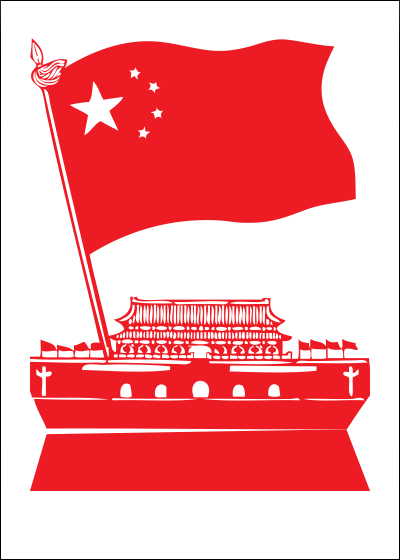
| Chinese Characters | Pinyin | Translation | Subway Stops |
|---|---|---|---|
| 紫禁城 | zǐ jin chéng | forbidden city | tiananmen east, tiananmen west, qianmen station; walk north to meridian gate |
| 天安门广场 | tiān ān mén guǎng chǎng | tiananmen square | tiananmen east, tiananmen west, qianmen station; walk north to meridian gate |
| 鸟巢 | niǎo cháo | national stadium (“bird’s nest”) | olympic sports center station; exit from b1 or b2; walk north |
| 长城 | cháng chéng | great wall | jishuitan station; transfer to bus no. 919 |
| 天坛 | tiān tán | temple of heaven | tiantan dongmen station, leave exit a; find east gate |
| 明十三陵 | míng shí sān líng | ming tombs | tiantongyuan bei station; transfer to bus no. 22 |
Subway hours are from 5:00 to 22:30, and are extremely crowded during rush hour. For frequent travelers, a pre-paid card can be purchased for a refundable deposit.
[edit | edit source]
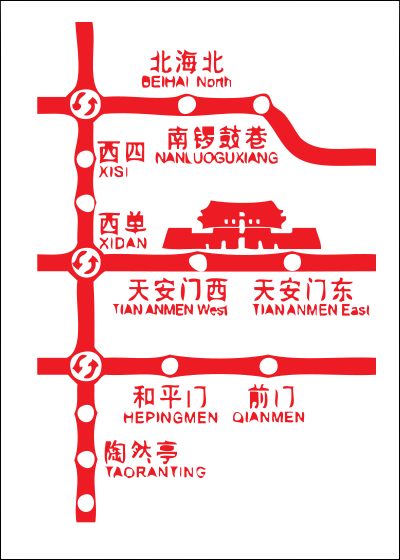
Line 1:
Runs east-west from Sihui East to Pingguoyuan; passes along Chang’an street, Forbidden City, Tiananmen Square and Wangfujing.
Line 2:
Loop line that follows the old city walls; starts and ends at Xizhimen; serves Lama Temple and Beijing Railway Station.
Line 4:
Runs north-south; serves Beihai Park, Beijing University and Beijing South Station.
Line 5:
Runs north-south to the east of Line 4; close to Olympic Park and Temple of Heaven.
Line 6:
Runs west-east to the north of Line 1 and to the south of the upper half circle of Line 2; connects to lines 10, 5, 2, 9, and 4.
Line 8:
Short line; serves the Olympic Stadium.
Line 9:
Short line; serves the Fengtai district and Beijing West Railway Station.
Line 10:
Loop line around the city; close to the Olympic Stadium, the embassy district, the Sanlitun; connects to every numbered line in the system excluding Line 15.
Line 13:
Elevated light rail; serves the suburban Haidian district and Wudaokou; forms an arc that starts at Xizhimen and ends and Dongzhimen.
Line 15:
Runs west-east to the north of Line 10; passes through WangJing CBD; transfer from Line 13 necessary until the line is completed in 2015.
Culture: 印鉴 - yìn jiàn (chop)[edit | edit source]

“Chops” are customized stamps and impressions sometimes used in lieu of signatures, on items requiring acknowledgment or authorship. They are now popular souvenir items, and their colloquial name “chop” comes from a hybrid of the Hindi word chapa and the Malay word cap, both of which mean rubber stamps.
Chop styles can include red character stamps (朱文 or zhū wén), white character stamps with red backgrounds (白文 or bái wén), or a hybrid of both (朱白文相間印 or zhū bái wén xiàng).
Variations on chop types include: 名印 or míng yìn (name) - generally familial or personal, with other related variations 閑印 or xián yìn (free) - with personal philosophies or literary inclinations; any shape 齋印 or zhāi yìn (studio) - of a company, alias, or visual mark; often rectangular
Culture: 剪纸 - jiǎn zhǐ (papercuts)[edit | edit source]
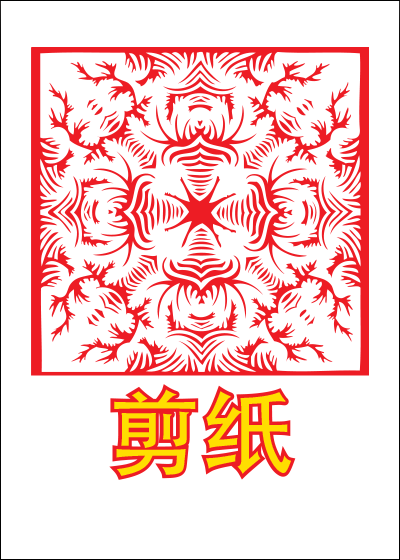
Cai Lun (蔡伦; ca. 50 AD - 121), is the Chinese eunuch generally credited with inventing paper and the modern papermaking process. The Chinese art of papercutting developed after his invention to become the first papercuts in the world.
Translating literally as “cut paper”, Chinese papercuts are now created using scissors or knives. Their designs have evolved through centuries to contain numerous styles and subjects, ranging from mythological stories to scenes of mundane daily living or still life images. They are generally used as ornamentation for the home or given as gifts.
The ornamental red and black images found throughout this deck are homages to Chinese papercut designs.
Culture: 阴阳 - yīn yáng (shadow and light)[edit | edit source]
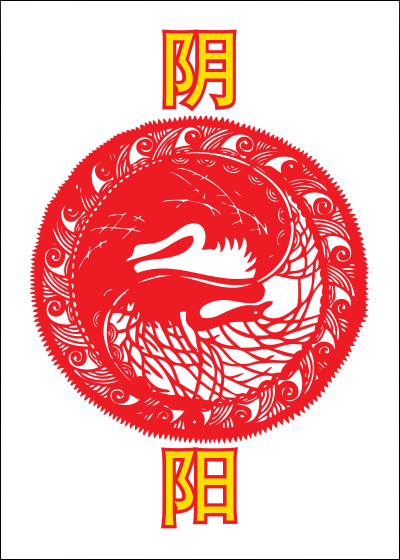
Yin-Yang is a fundamental concept of Taoism that describes how seemingly opposite or contrary forces are in fact complementary and meaningfully form a larger whole. A portion of the yin (shadow) is found in the yang (light) and the reverse as well; the yin-yang’s distinct shape signals a slow shift as yin and yang trade places with one another, revealing what was once obscured and obscuring what was once revealed.
Contrary to some assumptions, yin and yang do not represent good and bad. In Taoism, dichotomous moral judgments are perception-based rather than “real”, and there are no good or bad distinctions. However, in Confucianism, Yin-Yang is connected with ideas of morality.
Yin represents feminine qualities, water, earth, the moon, and nighttime; yang represents male qualities, fire, sky, the sun, and daytime.
Culture: 福祿壽 - fú lù shòu (good fortune, prosperity, longevity)[edit | edit source]
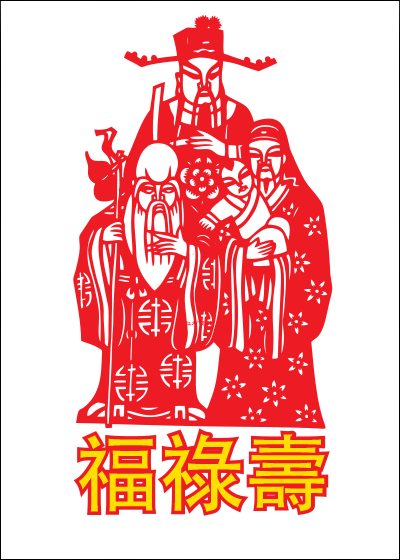
Three deities, Fu Star, Lu Star, and Shou Star, personify the three attributes of a good life.
The Fu Star (bottom right) represents Jupiter, believed to be a planet of good fortune. He is generally depicted in scholar’s garments, sometimes with children.
The Lu Star (top) represents Ursae Majoris and denotes success. He is generally clothed as a mandarin, or imperial Chinese bureaucrat.
The Shou Star (left) represents the star Canopus and is believed to control the life span of mortals. He is usually smiling and friendly, and may be carrying a gourd with the Elixir of Life.
Culture: 蛇年 - shé nián (year of the snake)[edit | edit source]
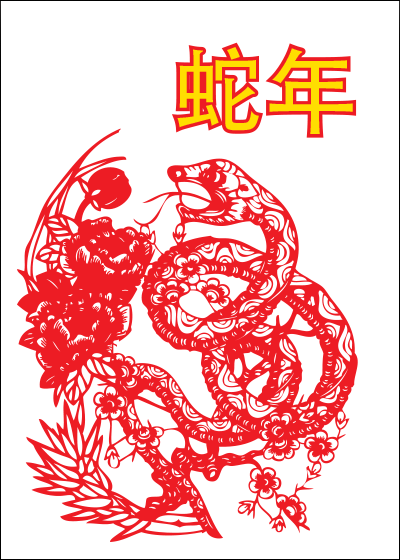
2013 is the Year of the Snake, with the snake being one of Chinese astrology’s twelve zodiacal signs. In line with the Chinese calendar, the year begins February 10, 2013 and ends on January 30, 2014.
The Year of the Snake represents one that is meant for steady progress, focus, discipline, and attention to detail, with all of these factors ultimately leading to creative success. In contrast to 2012, the Year of the Dragon, the Year of the Snake possesses feminine qualities; it is not chaotic and fiery, but prefers quiet change. Snakes represent transformation and healing and desire protection, security, and material goods.
2013’s snake, in line with the five elements in Chinese culture, is one of water. Such snakes are influential, insightful, and highly intellectual, with a desire for recognition and collaboration.
Culture: 五行 - wǔ xíng (five elements)[edit | edit source]

A five-fold concept explaining a variety of processes, from cosmic cycles to body functions.
Wood (木 or mù)
Green; East; Jupiter; spring, New Yang; expansive and exterior in all directions
Fire (火 or huǒ)
Red; South; Mars; summer; Full Yang; ascending
Earth (土 or tǔ)
Yellow; Center (fifth cardinal direction); Saturn; change of every season (every third month); Yin-Yang Balance; stable and harmonious
Metal (金 or jīn)
White; West; Venus; autumn; New Yin; contracting and interior
Water (水 or shuǐ)
Black; North; Mercury; winter; Full Yin; descending
Culture: 传说 - chuán shuō (legend)[edit | edit source]

Chang’e (嫦娥) is the Chinese goddess of the Moon. One variation on her legend is as follows: One day, ten suns appear in the sky to scorch the Earth, but the legendary archer Houyi shoots down nine of the suns and becomes a hero. He soon becomes king and marries Chang’e, but his success leads to avarice and the search for eternal life. When he finally finds an elixir of life, Chang’e accidentally swallows it. For this mistake, Houyi chases after his wife with murderous intent; she attempts to flee by jumping out an open window. Rather than falling, however, her being ascends towards the moon, and Houyi unsuccessfully tries to shoot her with arrows. Chang’e spends her immortal life on the moon with new companions, a jade rabbit and a woodcutter. The woodcutter eternally cuts a tree that heals itself, which is a regenerating symbol of mortal life on earth. Houyi eventually ascends to the sun, and Chang’e and he come to represent the polarizing yin and yang.
Sponsor: .biz[edit | edit source]
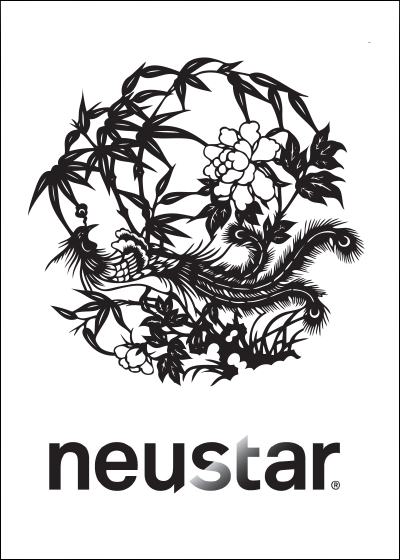
Neustar operates the global registry for .biz, a generic top-level domain name primarily intended for businesses.
The extension .biz celebrated its 10 year anniversary at the beginning of 2012. At that time, there were more than 2.2 million .biz registrations.
Internet: Industry-Related Terms[edit | edit source]
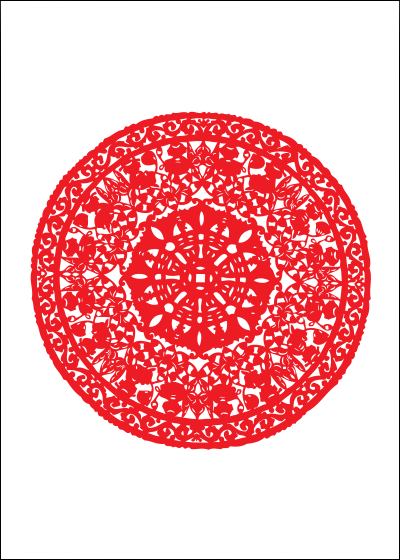
| English Translation | Chinese Characters | Pinyin |
|---|---|---|
| ccTLD (country code Top Level Domain) | 国家和地区顶级域名 | guó jiā hé dì qū dǐng jí yù míng |
| DNS (Domain Name System) | 域名系统 | yù míng xì tǒng |
| gTLD (general Top Level Domain) | 通用顶级域名 | tōng yòng dǐng jí yù míng |
| Registry | 注册管理机构(注册局) | ozhù cè guǎn lǐ jī gòu (zhù cè jú) |
| Registrar | 注册服务机构(注册商) | zhù cè fú wù jī gòu (zhù cè shāng) |
| Internet | 互联网 | hù lián wǎng |
Many thanks to the China Internet Network Information Center (CNNIC or 中国互联网络信息中心) for their help with the above translations.
Internet: Chinese Social Networks[edit | edit source]
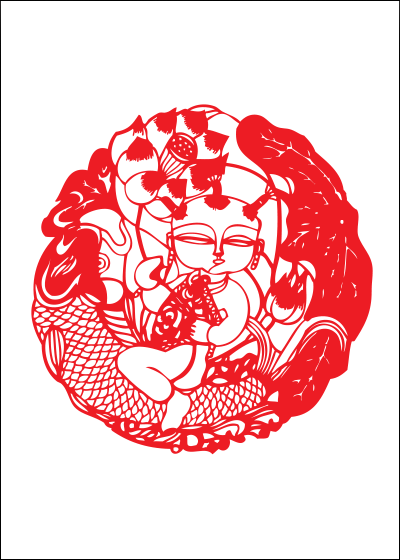
QQ - www.qq.com
One of China’s oldest and largest social networks and parent site of Qzone, which is like Facebook.
Sina Weibo - www.weibo.com
Microblogging site similar to a hybrid of Twitter and Facebook; one of the largest social networks in the world.
Renren - www.renren.com
Primarily student-driven site akin to Facebook.
Tencent Weibo - www.tencent.com
Microblogging site operated by QQ.
Douban - www.douban.com
Popular forum for film, music, and book reviews.
Diandian - www.diandian.com
What could become the next “Tumblr of China”.
Jiepang - www.jiepang.com
Often called the “Foursquare of China”.
- Tencent and Sina are applicants for .weibo and .微博, proposed new gTLDs that translate to “microbloggng”.
Idioms: 四海一家 - sì hǎi yī jiā (the whole world as a family)[edit | edit source]
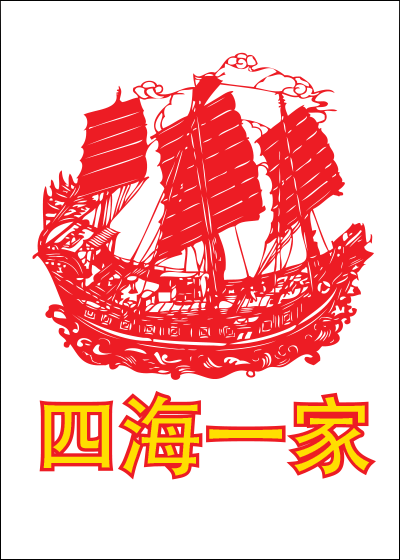
This idiom translates literally as “four oceans one family”. Its ocean reference dates back to ancient China, when it was believed there were four oceans surrounding the world. It phrasing now represents four directions rather than oceans.
Idioms: 不上不下 - bù shàng bù xià (neither here nor there)[edit | edit source]
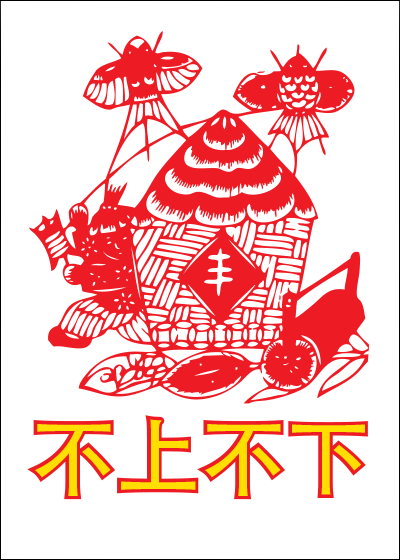
An idiom literally translating as “not up not down”, its meaning is somewhat akin to the English idiom, “between a rock and a hard place.”
The related character kǎ, or 卡, is a pictoral representation of up and down combined; its meaning is “stuck”.
Idioms: 累死了 - lèi sǐ le (tired to death)[edit | edit source]
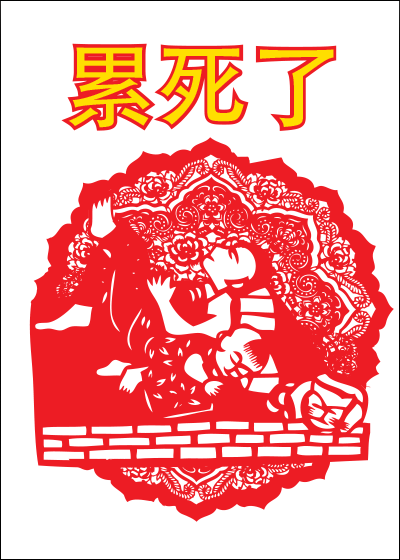
To “(verb) to [the point of] death” is common phrasing in the Chinese language. In this case, tired (lèi or 累) can replaced by any other applicable adjective.
Other options include:
懒 or lǎn - lazy 高兴 or gāo xìng - happy 饱 or bǎo - full (from eating)
Idioms: 长命百岁 - cháng mìng bǎi suì (may you live to be a hundred)[edit | edit source]

This is a blessing generally said to an elderly individual, to wish him or her a long life. It literally translates to “long life hundred years”.
The image on the reverse displays the God of Longevity. According to Chinese folklore, Longevity is described as wise, knowledgeable and capable of ruling the world. During festivals, Chinese families worship symbols or pictures of Longevity to express gratitude for granting long lives to family elders. Birthdays with the elderly feature images of Longevity, as a wish of long life, happiness, and fortune.
Idioms: 人山人海 - rén shān rén hǎi (extremely crowded)[edit | edit source]
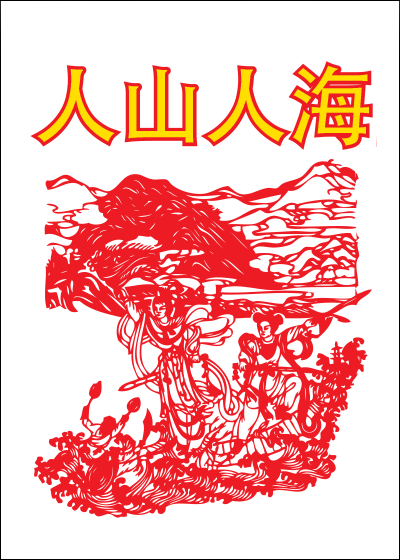
Translating literally as “man mountain man ocean”, this idiom illustrates quite visually a space that is extremely crowded with people, from top to bottom and in all sections.
Idioms: 祝你幸运 - zhù nǐ xìng yùn (good luck)[edit | edit source]
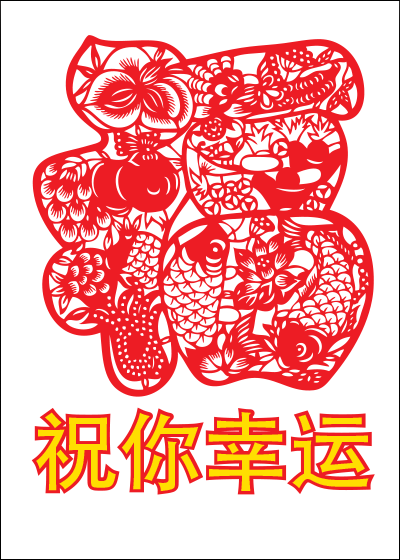
Below are some Chinese symbols which are considered “auspicious” or “lucky”.
Red
Corresponds with fire, symbolizing good fortune and joy.
Chestnuts (lì zi or 栗子)
Luck for a family; sounds like “establishing” (lì or 立) “children” (zǐ or 子).
Clouds (yún or 云)
Sounds like “luck” (yùn or 运).
Oranges (jú or 桔)
A good luck fruit; comprised of “tree” (mu or 木) and “lucky” (jí or 吉).
Elephant (xiàng or 象)
Sounds like “lucky” (xiáng or 祥).
Six (liù or 六)
Sounds like “prosperity” (lù or 禄).
Nine (jiǔ or 九)
Sounds like “forever” (jiǔ or 久).
Idioms: 一路顺风 - yī lù shùn fōng (have a good trip)[edit | edit source]
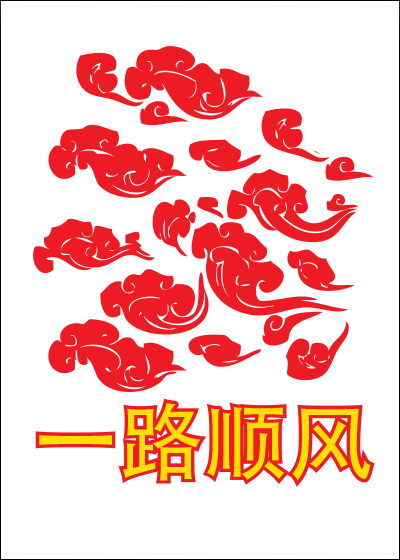
This phrase is akin to “bon voyage” or any well wishes of travel. It is believed to have originated in the days of prevalent sailing, and translates literally as “one path along [with] wind”.
Idioms: 心想事成 - xīn xiǎng shì chéng (may your wishes come true)[edit | edit source]
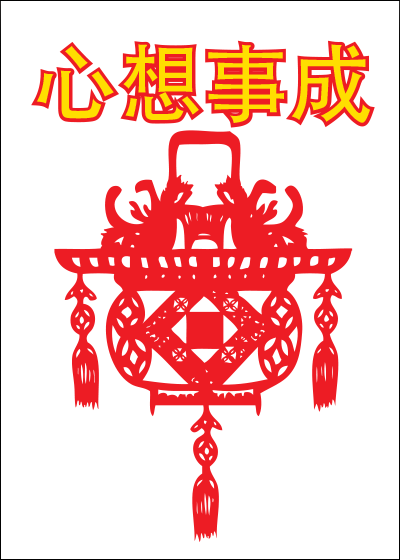
This idiom translates literally as “heart thought become complete”.
The paper lantern on the reverse is called a Kongming Lantern (kǒng míng dēng or 孔明灯). It was originally named after Zhuge Liang or 诸葛亮, a sage and military strategist who used the lanterns to convey urgent military information. Now, these lanterns are placed outside homes and launched into skies on the Lantern Festival -- the last day of Chinese New Year -- when they are deployed with written wishes and hopes that individuals would like to see manifest.
Vocabulary: 和平 - hé píng (peace)[edit | edit source]
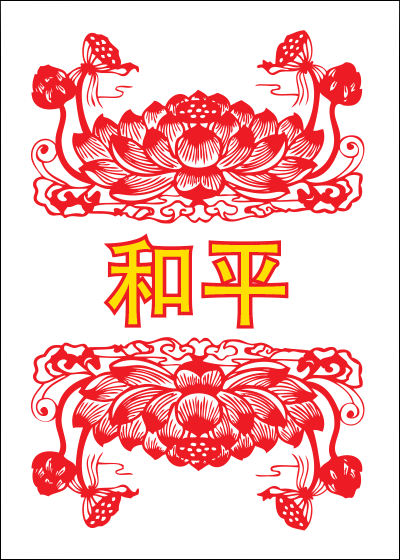
The Chinese word for lotus is lián huā (莲花) or hé huā (荷花). Lián is also the pronunciation of the word for continuous (连) and hé is also the pronunciation for the word harmony (和), giving the lotus a hidden meaning of “continuous harmony”.
Vocabulary: 永远 - yǒng yuǎn (forever)[edit | edit source]

The chrysanthemum flower (jú or 菊) has a sonic similarity to yǒng jiǔ or 永久, one version of “forever” or “everlasting”.
The version on the front of this card is a more common and colloquially-used version.
Vocabulary: 発 - fā (to prosper)[edit | edit source]
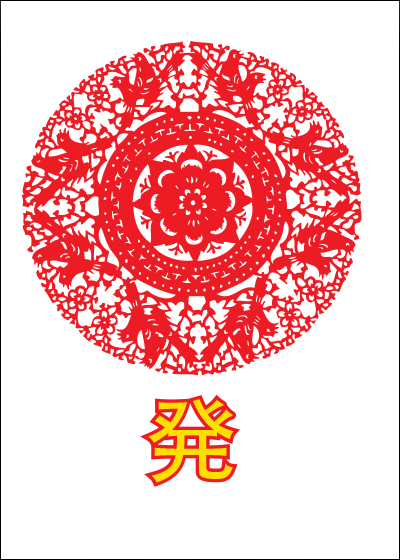
The number eight (bā or 八) is considered a very prosperous number in Chinese because of its sonic similarity to 发.
For this reason, it is not uncommon for Chinese people to include the number eight in restaurant names, to pick phone numbers prevalent with eights, or to wed on August 8th.
Conversely, the number four (四 or sì) is considered a very unlucky number, because of its sonic similarity to the word “die” (死 or sǐ).
In the same way that superstition may dictate that Western elevators do not have a 13th floor, Chinese elevators may sometimes omit any floors with the number four in them.
Vocabulary: 我爱你 - wǒ ài nǐ (i love you)[edit | edit source]
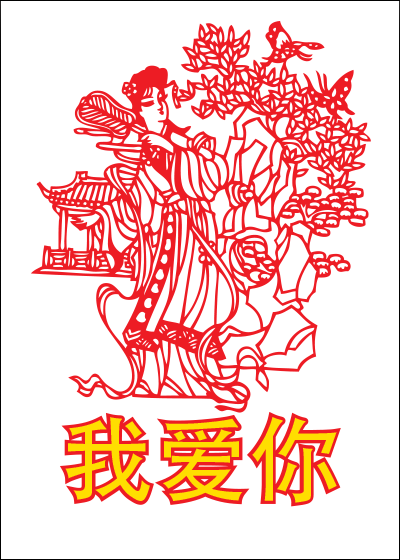
The image on the reverse features a scene from a Chinese dramatic work called Romance of the West Chamber (xī xiāng jì or 西厢记), a five-part, 21-act play written by the Yuan dynasty playwright Wang Shifu (王實甫). It is about a secret love affair between a young scholar and the daughter of a Tang dynasty court minister, who fall in love and consummate their love outside of marriage, despite disapproval from their parents.
Because of this, the work was controversial; some considered it dangerous and debaucherous while others termed it a “lover’s bible”.
Sponsor: ICANNWiki Sponsors[edit | edit source]
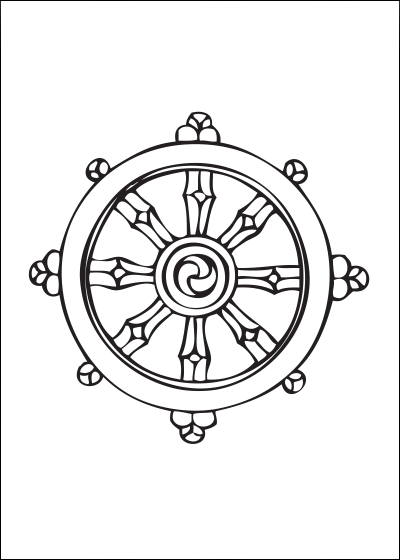
CARD SPONSOR
Neustar
PLATINUM
Verisign
SILVER
DomainsBot
DomainTools
Dyn, Inc.
Iron Mountain
.pw The Professional Web
BRONZE
Afilias
Public Interest Registry
.CO Internet
RegistryPro
ZA Central Registry
Cramton Associates
Right of the Dot
Sponsor: Contact Neustar[edit | edit source]

Ivor Sequeira
Senior Director – Channel Management & Business Development
(571) 434-5776
ivor.sequeira@neustar.biz
Myles Gene Kearon
Senior Manager – Channel & Business Development
(571) 434-6612
gene.kearon@neustar.biz
Fernando Espana
Channel & Business Development (Asia Manager)
(571) 434-5741
fernando.espana@neustar.biz
Jeff Neuman
Vice President, Business Affairs
(571) 434-5772
jeff.neuman@neustar.biz
About ICANNWiki[edit | edit source]
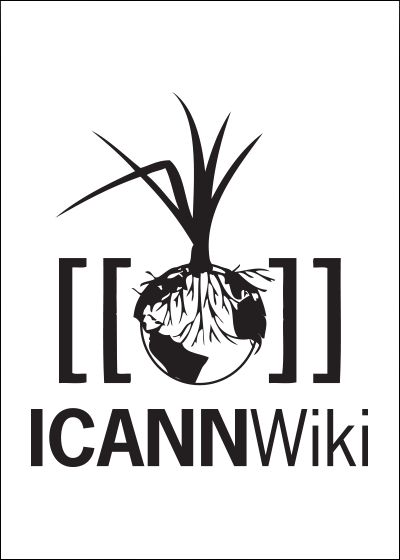
ICANNWiki is a grassroots, community effort to compile articles on people, companies, and organizations related to ICANN and the domain name industry. The wiki provides a resource of neutral, third party information for ICANN-goers and people following ICANN from afar as to what is happening within the community. It is an open platform, governed by wiki values such a transparency, assuming good faith, and building together. The project is independent from ICANN, and is based out of Portland, OR, USA.
ICANNWiki strives to be a valuable and neutral Internet resource containing information on all aspects of the ICANN community. The ICANN community is not limited to ICANN itself, but includes all those associated with, or affected by ICANN’s decisions.
ICANNWiki warmly welcomes any and all community members to join in the effort of global online collaboration and resource creation for the benefit of all.
